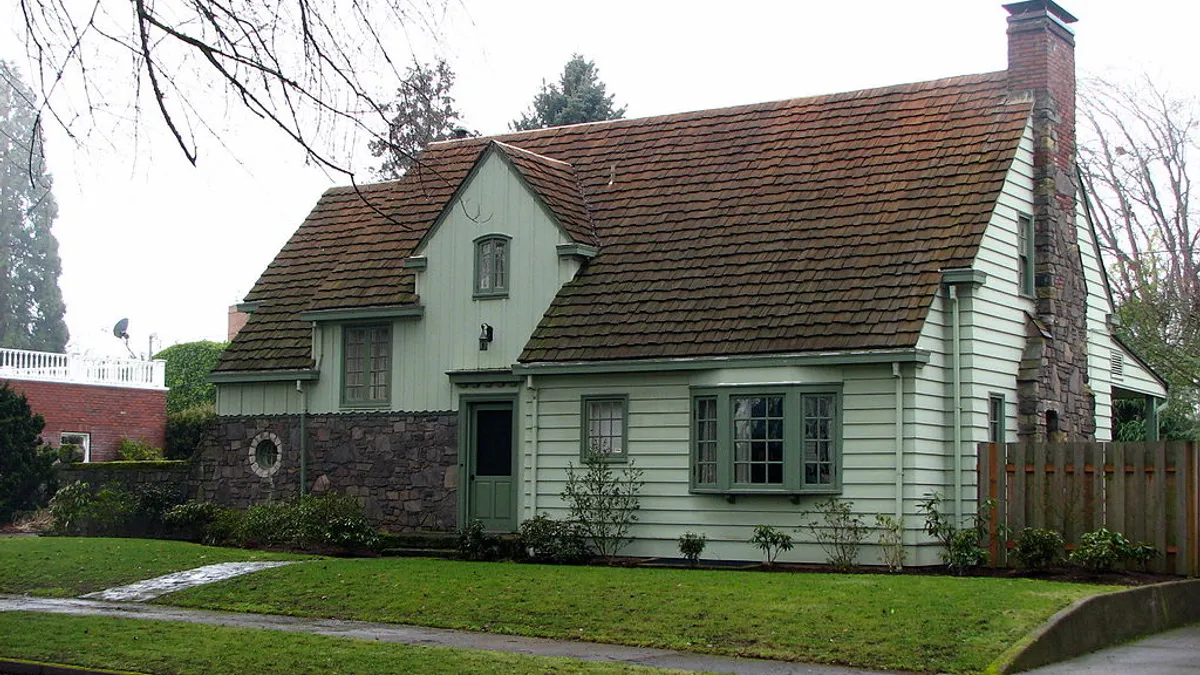Dive Brief:
- Year-over-year home prices, according to the S&P/Case-Shiller U.S. National Home Price Index, increased from 5.3% in December to 5.4% in January — double the pace of inflation and wages, according to Forbes.
- Home prices in a 20-city index of the biggest U.S. metro areas grew at a faster annual pace, 5.7%, than the National Index, while prices in a separate 10-city index rose by a weaker 5.1% from December’s figures. The National Index monitors repeat sales for homes in the nine Census divisions.
- Forbes also reported that scarcity of inventory has forced home prices up, and, according to S&P/Case-Shiller data, Portland, OR (11.8%); Seattle (10.7%), San Francisco (10.5%), Denver (10.2%); Dallas (9.2%); Tampa, FL (7.4%) and Los Angeles (6.9%) are leading the way.
Dive Insight:
David M. Blitzer, chairman of the Index Committee at S&P Dow Jones Indices, said this month’s report also reflects the current state of the market’s low inventory, meaning that homeowners looking to upgrade are having a hard time finding larger homes. Blitzer added that financing a new home continues to be a struggle for many potential homebuyers.
"The issue is availability of credit for people with substantial student or credit card debt," Blitzer told Forbes. "While rising home prices are certainly a factor deterring home purchases, individual financial positions are more important than local housing market conditions." Blitzer added that although the homeownership rate in the fourth quarter of 2015, 63.7%, was slightly higher than the rate in the second quarter of 2015, 63.5%, it still has a long way to go to reach the 2004 high of 69.1%.
A bright spot last week was the National Association of Realtors report that found pending home sales had unexpectedly risen 3.5% in February, up 0.7% year over year, soundly beating Wall Street Journal expectations of a slight uptick of 1.2%. However, NAR Chief Economist David Yun warned that if low inventory conditions persist, sales will likely plateau.













